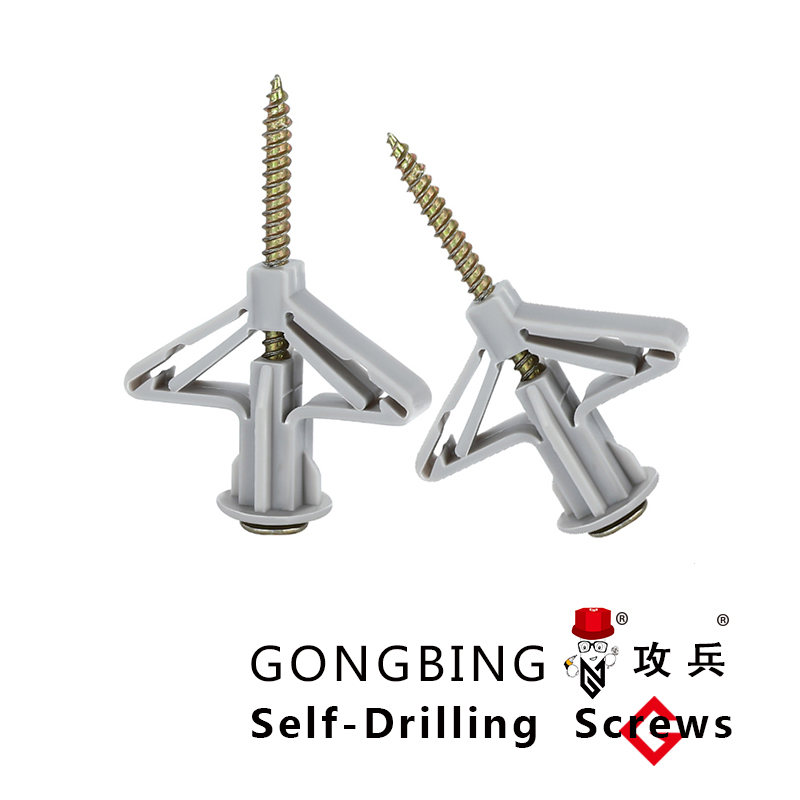Exploring the Benefits and Applications of Double Stud Bolts in Industrial Engineering
Understanding Double Stud Bolts Design, Applications, and Benefits
In the realm of mechanical engineering and construction, fasteners play a pivotal role in ensuring the integrity and stability of structures and assemblies. Among these fasteners, double stud bolts have emerged as a crucial component in various applications due to their unique design and capabilities. This article explores the characteristics, applications, and advantages of double stud bolts, shedding light on why they are favored in numerous industries.
What are Double Stud Bolts?
Double stud bolts are fasteners featuring threads at both ends, with a smooth, unthreaded shaft in the middle. Typically manufactured from high-strength materials like carbon steel, stainless steel, or alloy steel, these bolts are designed to provide a secure connection in demanding environments. The dual threading allows for simultaneous fastening on either side of a joint, leading to enhanced structural integrity and load-bearing capabilities.
Design Considerations
The design of double stud bolts is engineered to accommodate various load requirements while ensuring ease of installation. The smooth shaft minimizes stress concentration, reducing the likelihood of bolt failure under excessive loads. Additionally, the double-sided threads enable the use of nuts and washers on both ends, allowing for improved clamping pressure and stability. Moreover, the length of the bolt can be customized to suit specific applications, making double stud bolts a versatile choice for engineers and designers.
Applications of Double Stud Bolts
Double stud bolts are widely used in several industries, each benefiting from their unique features. In the oil and gas sector, these bolts are essential in securing pipelines and machinery, where robustness and resistance to corrosion are paramount. Similarly, in construction, double stud bolts are implemented in the assembly of structural steel components, ensuring that beams and columns are adequately connected.
double stud bolt

The automotive industry also relies on double stud bolts, particularly in the assembly of engines and chassis, where durability and reliability are critical
. Beyond these industries, double stud bolts find applications in heavy machinery, marine applications, and even in aerospace, where structural integrity is crucial for safety and performance.Benefits of Using Double Stud Bolts
One of the primary advantages of double stud bolts is their ability to provide superior clamping force. The simultaneous engagement of threads on both ends allows for better distribution of loads, which translates to enhanced stability of the assembled components. This feature is especially vital in applications subjected to vibrations and dynamic loads, as it helps prevent loosening over time.
Furthermore, the ease of installation associated with double stud bolts cannot be overstated. Technicians can quickly secure components from both sides, significantly reducing installation time and labor costs. This efficiency is particularly valuable in large-scale projects where time is often a critical factor.
Lastly, the versatility of double stud bolts is worth mentioning. They can be used in various configurations, including flanged connections and bolted joints, making them suitable for a wide range of engineering challenges. Customizable lengths and materials further enhance their adaptability, allowing engineers to specify components that meet unique project requirements.
Conclusion
In summary, double stud bolts are an essential component in various industries, known for their robust design, ease of installation, and excellent load-bearing capabilities. Whether in construction, automotive, or aerospace, these fasteners provide reliable connections critical for maintaining the safety and functionality of complex systems. As engineering demands continue to evolve, the importance of such versatile and dependable fasteners will undoubtedly remain significant, cementing the role of double stud bolts in modern engineering practices.
-
Weatherproof Plastic Expansion Anchors for Outdoorവാർത്തJun.06,2025
-
Sustainability in the Supply Chain: Eco-Friendly TEK Screws Productionവാർത്തJun.06,2025
-
Load-Bearing Capacity of External Insulation Fixingsവാർത്തJun.06,2025
-
Double Head Bolts: Enhancing Efficiency in Industrial Machineryവാർത്തJun.06,2025
-
Corrosion Resistance in Chipboard Screws: Coatings for Wholesale Durabilityവാർത്തJun.06,2025
-
Butterfly Toggle Bolts : Enhancing Structural Resilienceവാർത്തJun.06,2025
